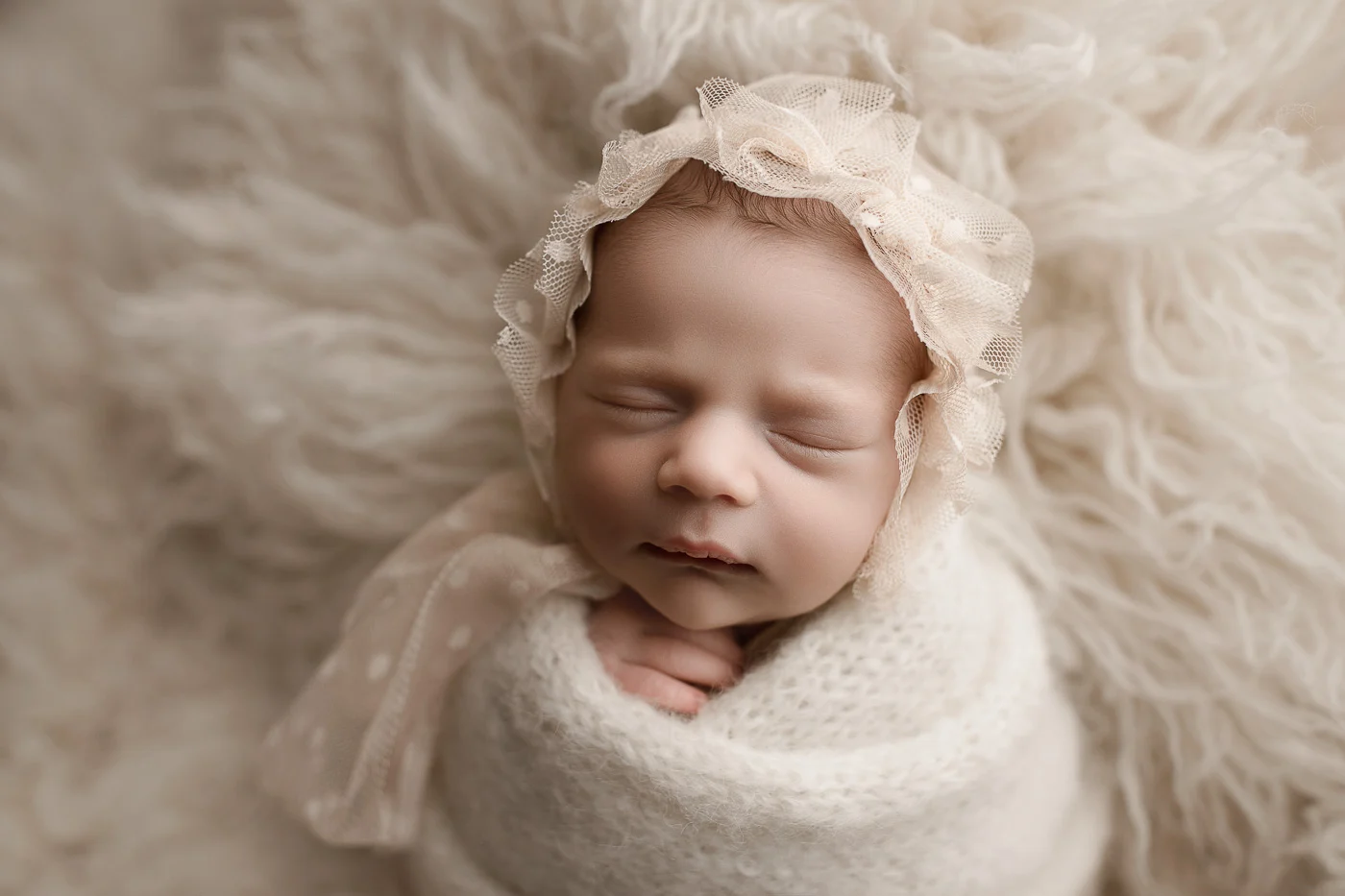My journey into the world of motherhood began this past winter. Without realizing it, I found myself observing the shapes of strangers’ heads, contemplating their roundness—something I had never thought about before. I even marked out which heads were the roundest and considered how this feature influenced their overall presence. Did a rounder head make someone more approachable? Would it affect their job prospects?
When my daughter was born, I mistakenly thought my worries about her safety had come to an end. She was here—pink, loud, and breathing. However, I soon discovered that her survival extended far beyond just being alive; it encompassed her emotional wellbeing, future possibilities, and her ability to thrive in a world that feels increasingly unpredictable. Issues like school shootings, cyberbullying, and substance abuse are more prevalent now than they were during my own childhood. Back then, seeing babies in helmets designed to reshape their heads was a rarity.
On a positive note, one thing has improved since the 1990s: the incidence of sudden infant death syndrome (SIDS) has decreased by 50% thanks to the Safe to Sleep Campaign, which started recommending that infants sleep on their backs in a safe crib environment. While this has reduced crib deaths, it has inadvertently led to an increase in flat-headed babies. The helmets some infants wear are intended to treat plagiocephaly—the flattening of the head—worn for 23 hours a day, taken off only during baths. As the baby’s head grows, the interior of the helmet is adjusted to help round out the flat side.
At just 8 weeks old, I took my daughter to a free tummy-time class, eager to showcase my little one, who had already shown strength by lifting her head off my chest at birth. The physical therapist present scrutinized the four babies, including my daughter, with an analytical gaze. Her disapproving expressions filled me with anxiety—a visceral, deep-rooted fear that something was amiss.
“Do you notice how her head tilts to one side?” she asked. I had thought it was adorable, the way she leaned to the right and smiled at me. But now I questioned myself: did she always lean like this? As her mother, surely I would have noticed, right? Everything I thought I knew about being a new mom began to unravel as the therapist placed a toy in front of my daughter and moved it from left to right, examining her from every angle while grimacing again. I felt an overwhelming urge to grab my baby and leave.
“Do you see this flat spot on her right side? It’s affecting her facial symmetry,” she pointed out, noting the misalignment of her features. I nodded, though I didn’t truly see what she was talking about, and in that moment, I felt like a terrible parent.
Tears fell onto the blanket beneath my daughter. I felt ashamed for not recognizing what I now saw as a minor deformity in the newborn I had cared for over the past 56 days. I felt guilty for relying on the swing too much. I was convinced I had failed her, worrying that she might never comfortably wear a hat.
A visit to the pediatrician confirmed my fears: our daughter was one of the 13% of babies in the country diagnosed with plagiocephaly due to torticollis—a tight neck often caused by limited space in the womb for larger babies like mine. With treatment, including physical therapy sessions twice a week, we hoped to correct the issue.
From that moment forward, I couldn’t help but notice the heads of others around me. Over dinner one night, my husband and I confessed to eyeing the shapes of strangers’ skulls. No one warned me that the concerns of motherhood could veer in unexpected directions; the worries are rarely based on logic and can become all-consuming.
Fortunately, my daughter’s neck strengthened quickly, and by the time she was 3 months old, she began rolling over and preferred to sleep on her belly. Her facial features aligned beautifully, and her flat spot gradually improved.
As the oldest of five siblings, I knew motherhood wouldn’t be a walk in the park, but I had underestimated how emotionally exhausting it can be. My daughter will never recall that her head shape was once a concern, and I now understand that such worries are trivial. All she truly needs is love, nourishment, and playtime, which she receives in abundance. What I’ve learned so far is that motherhood encompasses not only the growth of your child but also your own personal development.
Just last week, a woman complimented the lovely roundness of my daughter’s head. I smiled, knowing she didn’t need to hear about our journey to achieve it.
For more insights and community connections, check out other blog posts on home insemination, like this detailed one found at Home Insemination Kit. And if you’re exploring the possibilities of starting your family, consider visiting Make A Mom for trusted resources. Another excellent source is American Pregnancy, which offers valuable information on pregnancy and donor insemination.
Summary
New motherhood brings unexpected worries and guilt, as Jessica discovers through her experiences with her daughter’s health. Despite initial concerns about her daughter’s head shape, the journey teaches her about growth, both for her child and herself. The love and care she provides far outweigh the minor worries that come with being a parent.
